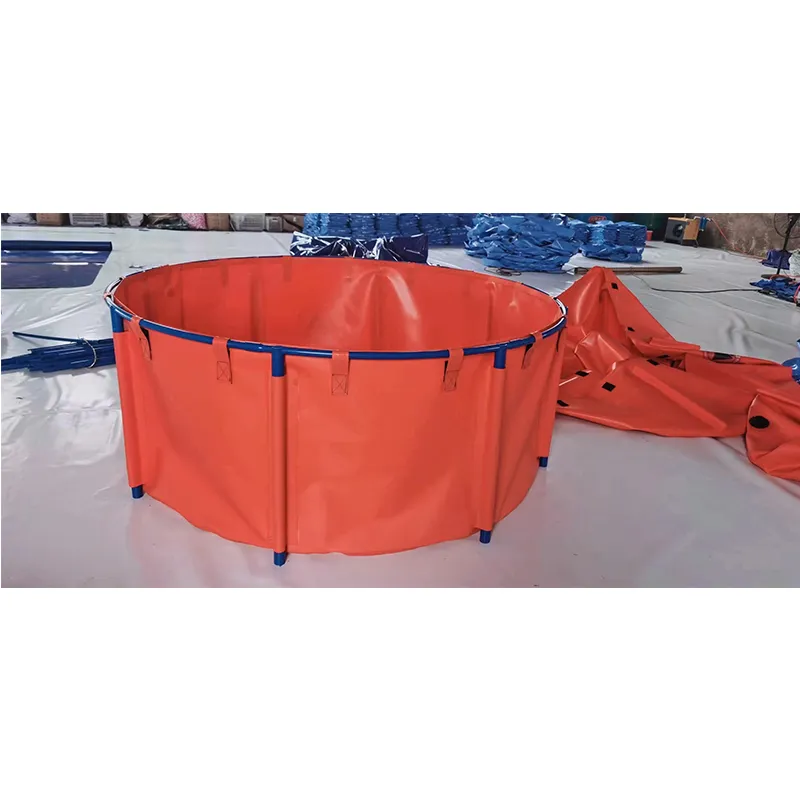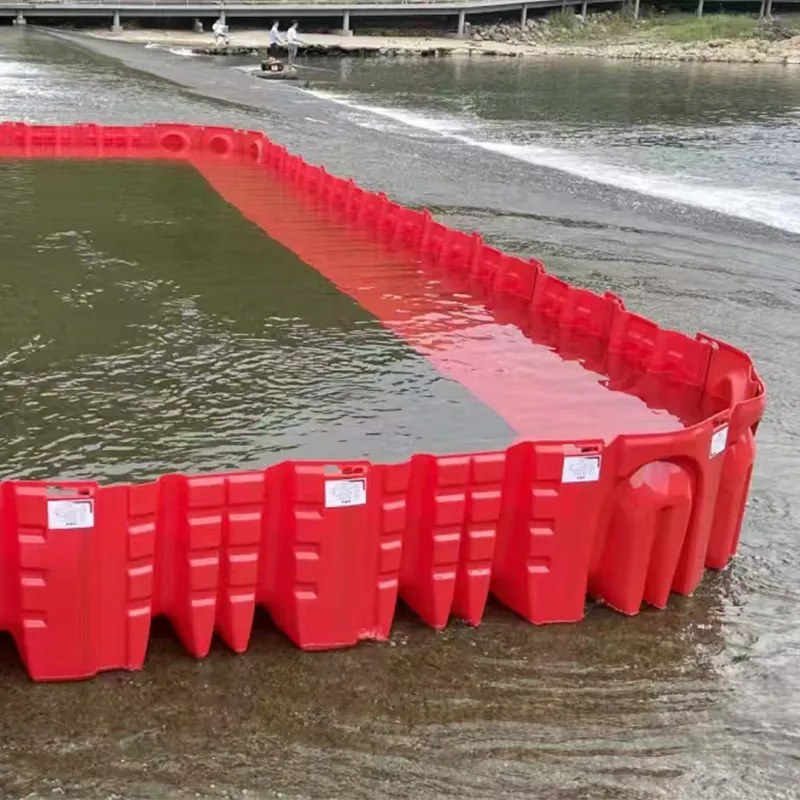

The geographical location and environmental conditions surrounding a building also influence system design and management. For instance, regions prone to freezing temperatures require insulated storage tanks and protected pump installations to prevent damage and ensure operability. Areas susceptible to natural disasters like earthquakes might require additional securing measures for both pumps and tanks to prevent dislodgement or rupture. Another aspect where expertise plays a pivotal role is in the adoption of smart technologies. Modern fire fighting systems increasingly incorporate IoT-enabled sensors and automated controls, allowing for real-time monitoring and automatic adjustments to operational parameters. Such advancements provide unprecedented oversight, enabling facilities managers and safety officers to identify issues before they escalate into critical failures. These systems not only enhance reliability but also contribute to a comprehensive approach towards predictive maintenance and efficient resource management. Finally, the broader community benefits significantly from adhering to established standards and guidelines set by authorities such as the National Fire Protection Association (NFPA). Compliance with such benchmarks not only fortifies individual safety initiatives but also contributes to an overall reduction in risk factors at a community-wide level. Regulatory adherence coupled with innovative practices catapults a facility’s fire safety measures from merely adequate to strategically robust. By acknowledging the interplay between fire fighting pumps and water storage within a holistic fire protection strategy, property owners and managers can ensure a readiness that commands assurance. The expertise derived from professional guidance and maintenance, merged with advanced technological solutions, crafts a resilient shield against the devastating effects of fire, safeguarding lives and assets alike.





























